Fermented food advantages
Fermentation is one of the oldest biotechnologies for the production of food products with desirable properties such as extended shelf-life and good organoleptic properties. Finished fermented foods usually have improved microbial stability and safety, removal of toxic compounds and some can be stored even at ambient temperatures. Furthermore, there are several examples of fermentation processes that lead to an increase in nutritional value or digestibility of food raw materials.
The common groups of microorganisms involved in food fermentations are bacteria, especially Lactobacillaceae, yeasts and moulds. >>>
Improved bioavailability and activity of metabolites
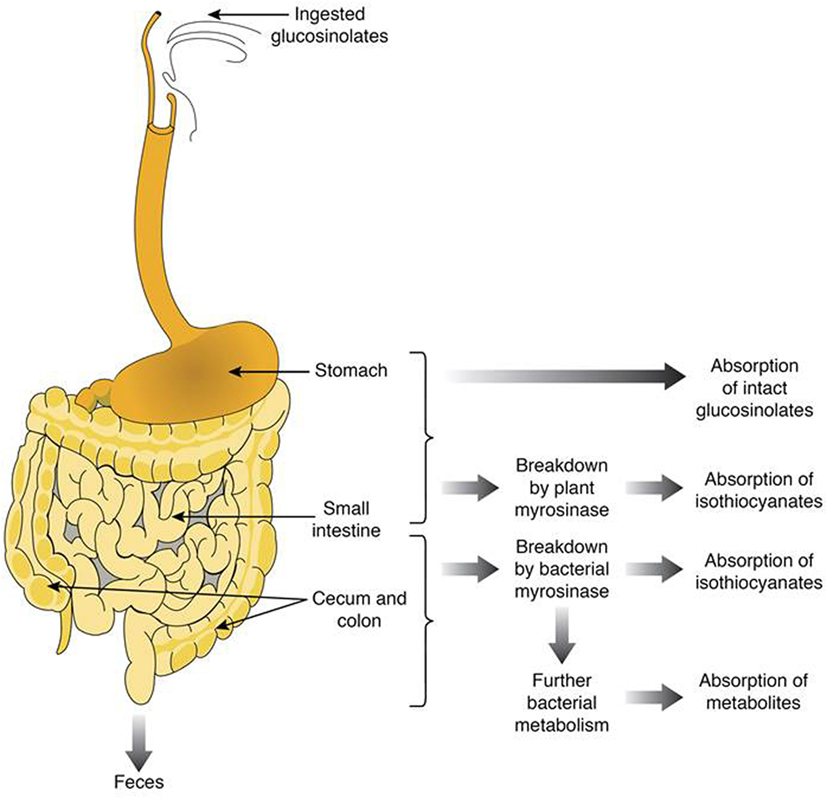 Although a great number of plant ingredients, e.g. polyphenols are known to show a strong activity on molecular mechanisms with relevance for health in vitro a poor bioavailability often hampers their use in vivo. Fermentation of these molecules in the gut often results in the formation of bioactive metabolites and fermentation of raw plant materials with specific probiotic microorganisms is believed to mimic fermentation in the gut, this resulting in active metabolites with improved bioavailability.
Although a great number of plant ingredients, e.g. polyphenols are known to show a strong activity on molecular mechanisms with relevance for health in vitro a poor bioavailability often hampers their use in vivo. Fermentation of these molecules in the gut often results in the formation of bioactive metabolites and fermentation of raw plant materials with specific probiotic microorganisms is believed to mimic fermentation in the gut, this resulting in active metabolites with improved bioavailability.
https://www.frontiersin.org/articles/ 0.3389/fnut.2016.00024/full
Probiotic bacteria, prebiotic fibers, and SCFAs (Postbiotics) regulate leaky gut, improve immune- responses and neurological functions
All, specific probiotic strains, specific prebiotics or fibers as well as Short-chain fatty acids (SCFAs) derived from the fermentation of fibers with probiotics (Postbiotics) have been shown to improve (via epigenetic activities triggered by binding to SCFA receptors):
- leaky gut which often results in metabolic risks such as fatty liver (FLD) or obesity
- immune- responses against microorganisms, inflammations, or misguided autoimmune responses
- aging and brain inflammation-related central nervous disease such as early dementia
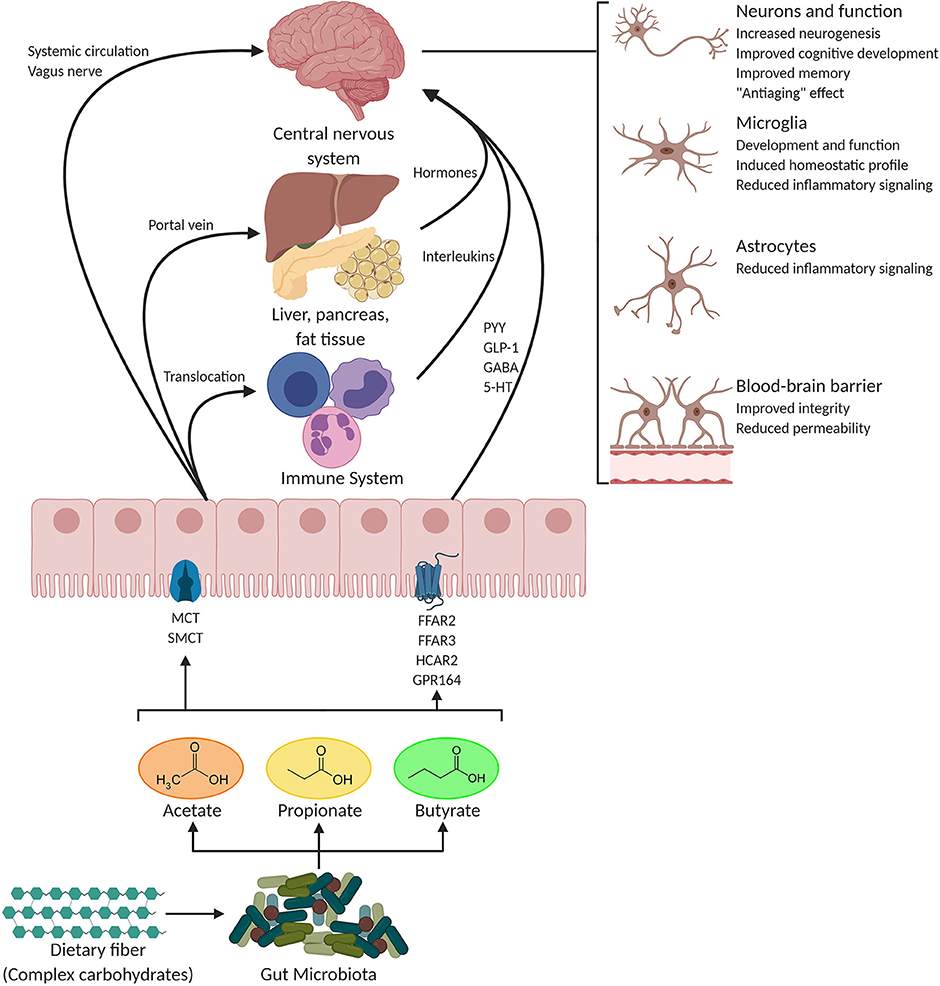
https://www.frontiersin.org/articles/10.3389/fendo.2020.00025/full[/caption]
Postbiotics—A Step Beyond Pre- and Probiotics >>>
Polyphenols, autophagy, epigenetics and Alzheimer >>>
Regulat:Cascade fermentation and bioactive ingredients >>>
The cascade fermentation is the optimum in the area of food digestion. In this multi-stage digestion process, successive partial fermentation imitate the natural digestive system of our body.
The cascade fermentation is called the “royal road” in fermentation technology.
In decades of research, the pharmacist Dr. Hans Niedermaier developed a three-stage fermentation process which is unique in the world.
With this modern and dynamic digestion process based on the model of nature, fresh, sun-ripened fruits, nuts and vegetables from organic cultivation are broken down in several fermentation stages down to the molecular level. Successive partial fermentations imitate the natural digestive system of our body.
First step: 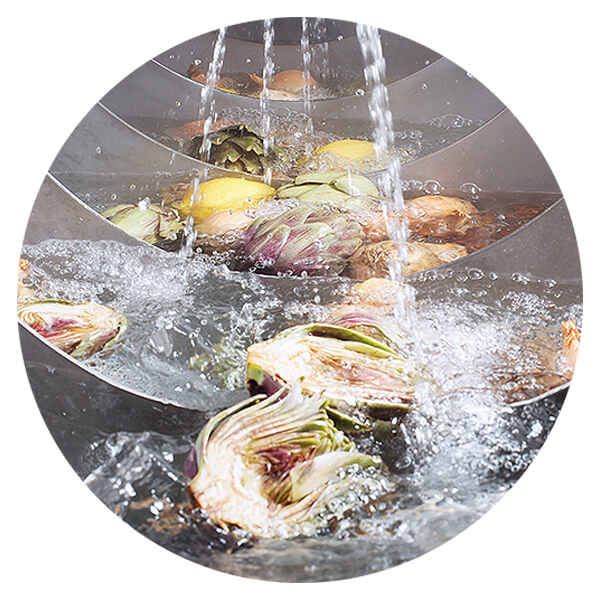 The fresh ingredients are washed, chopped up and poured into a fermentation tank, a so-called fermenter. Lactobacilli (lactic acid bacteria) are added to the mixture, which produce dextrorotatory L (+) lactic acid. The first fermentation begins after two days.
The fresh ingredients are washed, chopped up and poured into a fermentation tank, a so-called fermenter. Lactobacilli (lactic acid bacteria) are added to the mixture, which produce dextrorotatory L (+) lactic acid. The first fermentation begins after two days.
Second step: The first partial filtration takes place after about three weeks. The filtrate is prepared again for fermentation with the addition of new lactic acid bacteria. Further fermentation stages follow this principle. In this way an ever finer breakdown of the ingredients is achieved.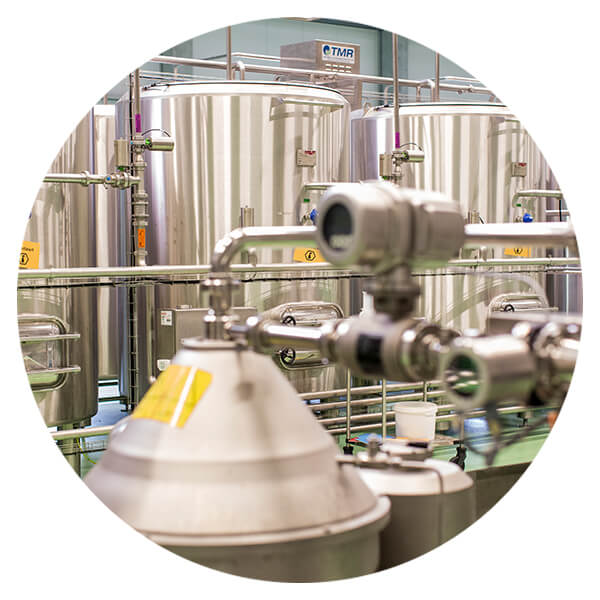
Third step: All fermentation fractions are brought together, once again subjected to an overall fermentation process and then centrifuged. The ingredients are now availabe in a unique breakdown. The gentle, special manufacturing process means that preservatives, chemical additives, sugar and alcohol are not used.
Regulat Pro Immune >>>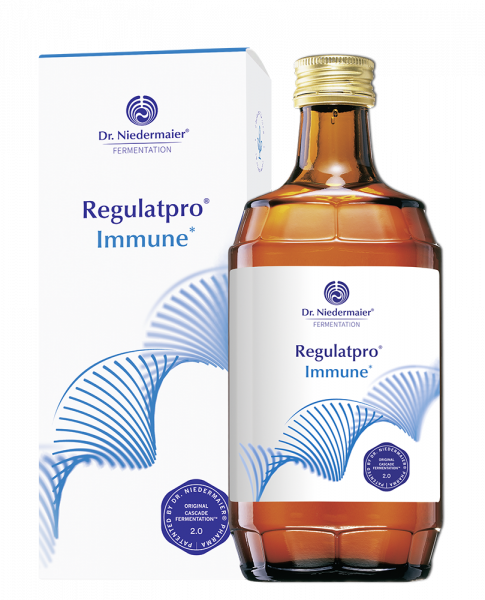
Regulatpro® Immune is a dietary supplement with vitamins and minerals, produced according to the patented cascade fermentation 2.0. The patented manufacturing process “Cascade Fermentation 2.0” generates four elementary pillars for the immune function
Pillar 1 Phytochemicals plus their metabolites
The lactic acid bacteria used for the cascade fermentation 2.0 extract the secondary plant substances from the high-quality plant ingredients, break them down to the bioavailable molecular level and concentrate them. In addition, the secondary plant substances are metabolized by the cascade fermentation.
Pillar 2 “Postbiotics” (lysate of healthy lactic acid bacteria)
Nutri-epigenetically propagated natural lactic acid bacteria of the cascade fermentation are present in Regulatpro® Immune in the form of their cell components (lysate) in high concentration. This postbiotic solution of specially balanced lactic acid cultures promotes a balanced intestinal environment and strengthens the immune function.
Pillar 3 Stem enzymes
Cascade fermentation 2.0 breaks down the enzymes and proteins contained in the vegetable ingredients down to the molecular level. Regulatpro® Immune contains amino acids and small peptides that immune cells use as building blocks (parent enzymes) in enzyme synthesis. The entire metabolism is controlled in its function by enzymes.
Pillar 4 micronutrients
Regulatpro® Immune uses a special combination of immunologically effective vitamins and trace elements: vitamin A, vitamin C, vitamin D3, vitamin B6, vitamin B12, zinc and selenium, which contribute to normal – in the sense of healthy – immune function. These micronutrients are also elementary components of important enzymes.
Regulatpro® Immune
The unique combination for a healthy immune system: secondary plant compounds with metabolites, postbiotics, stem enzymes and micronutrients.
